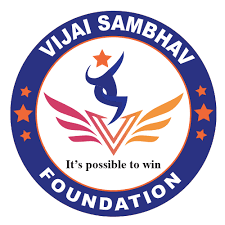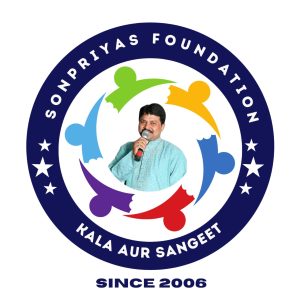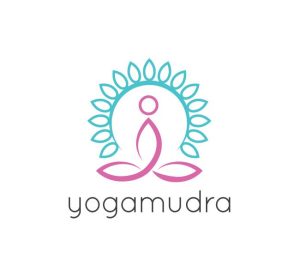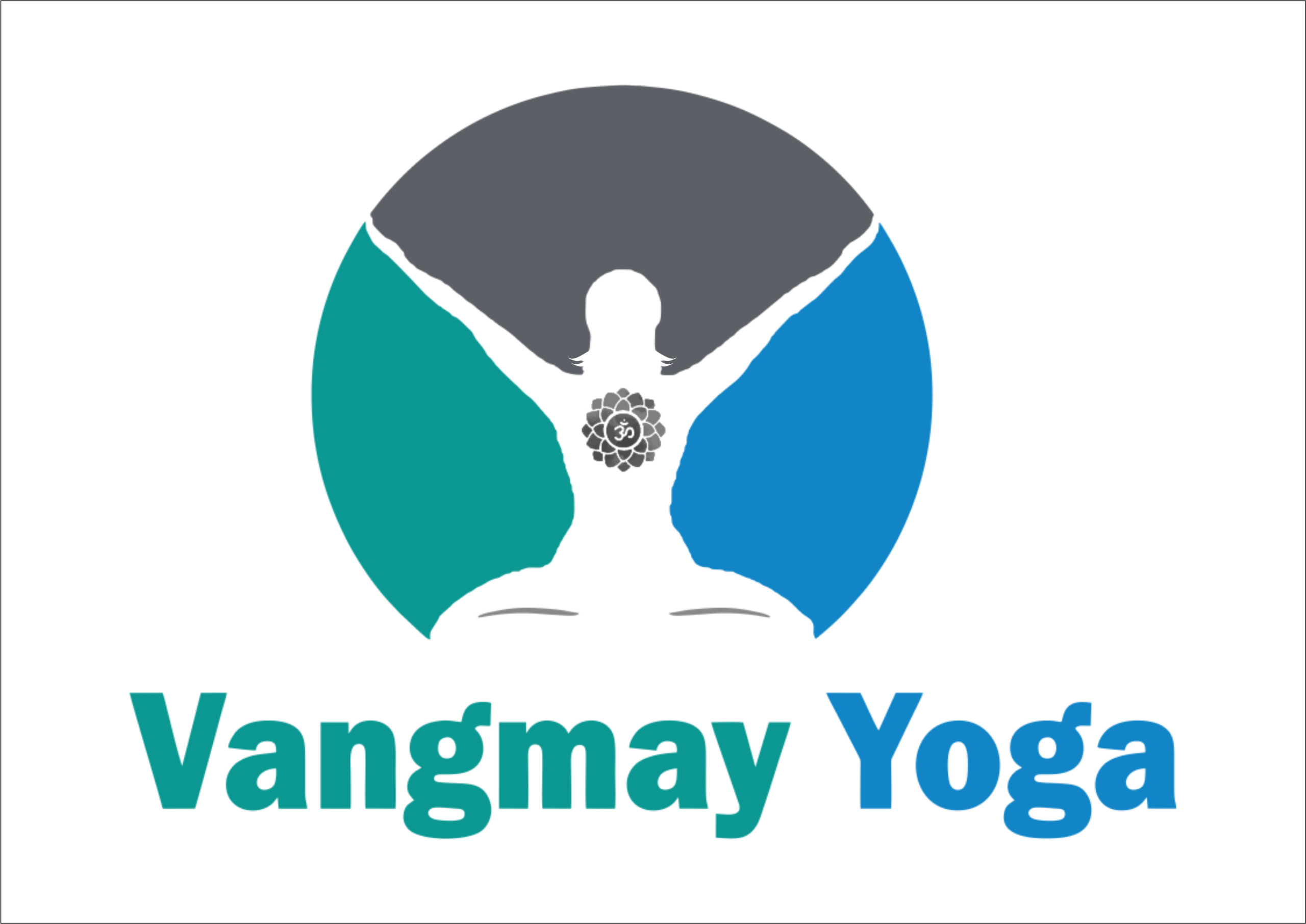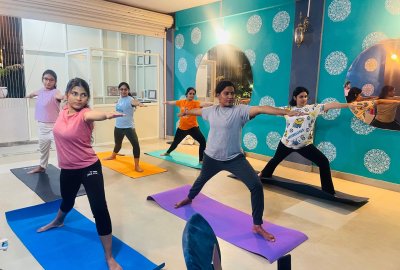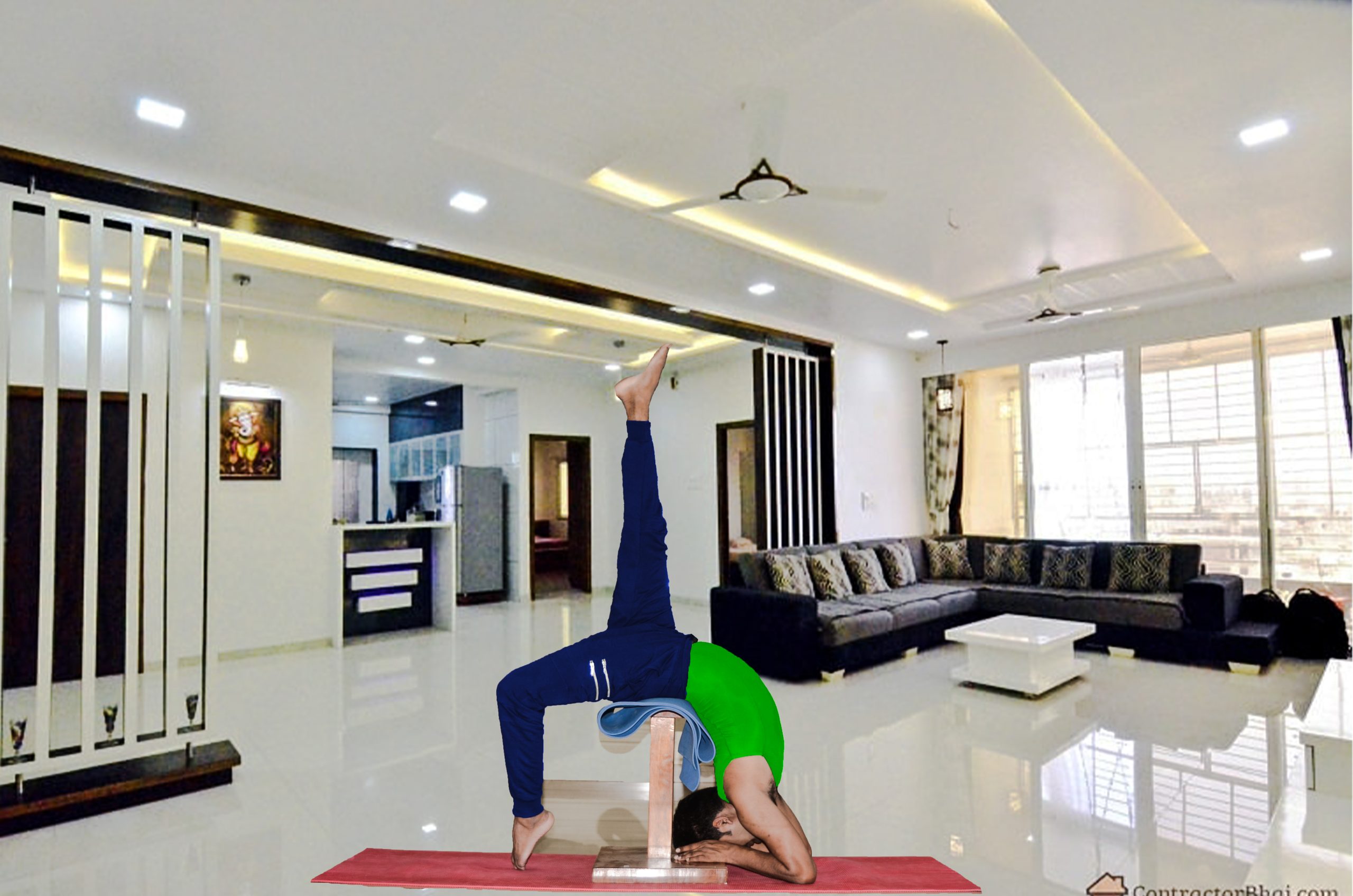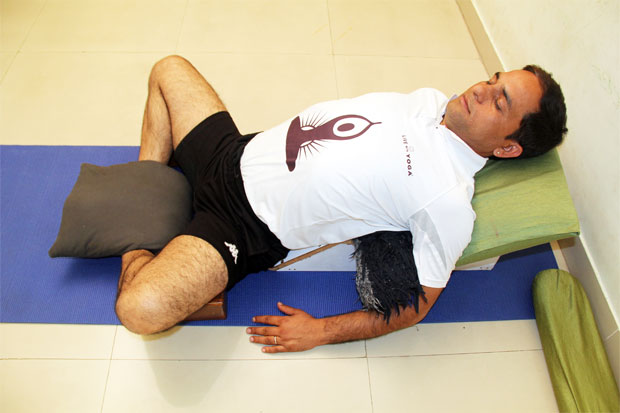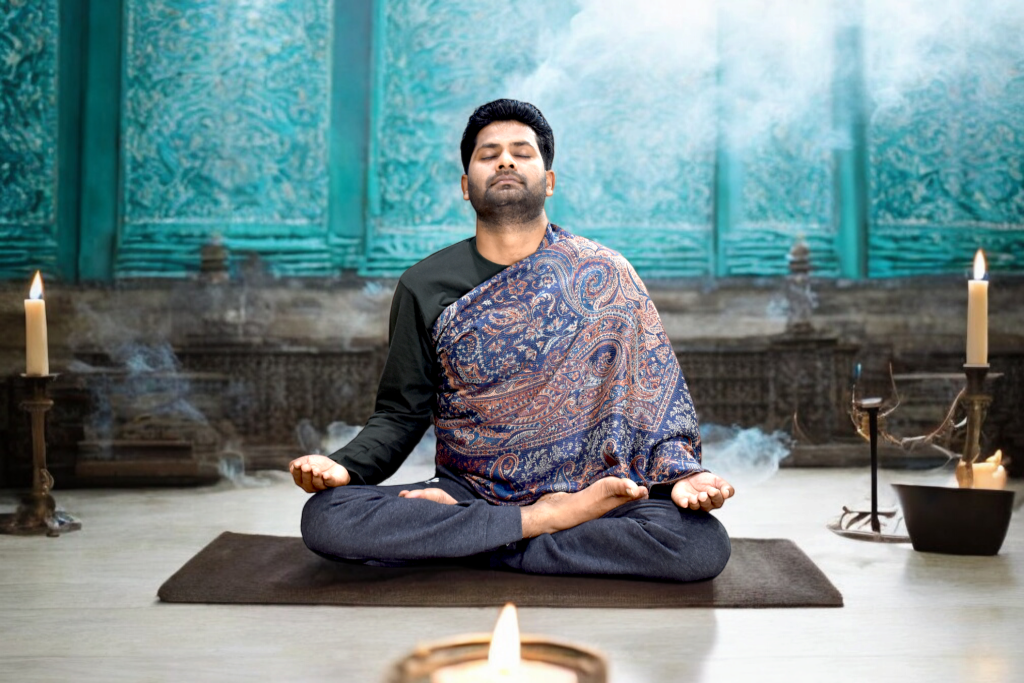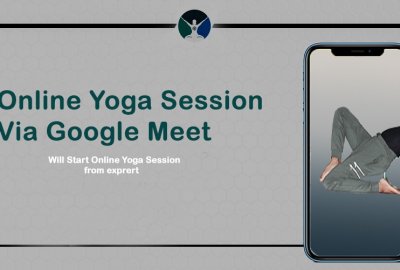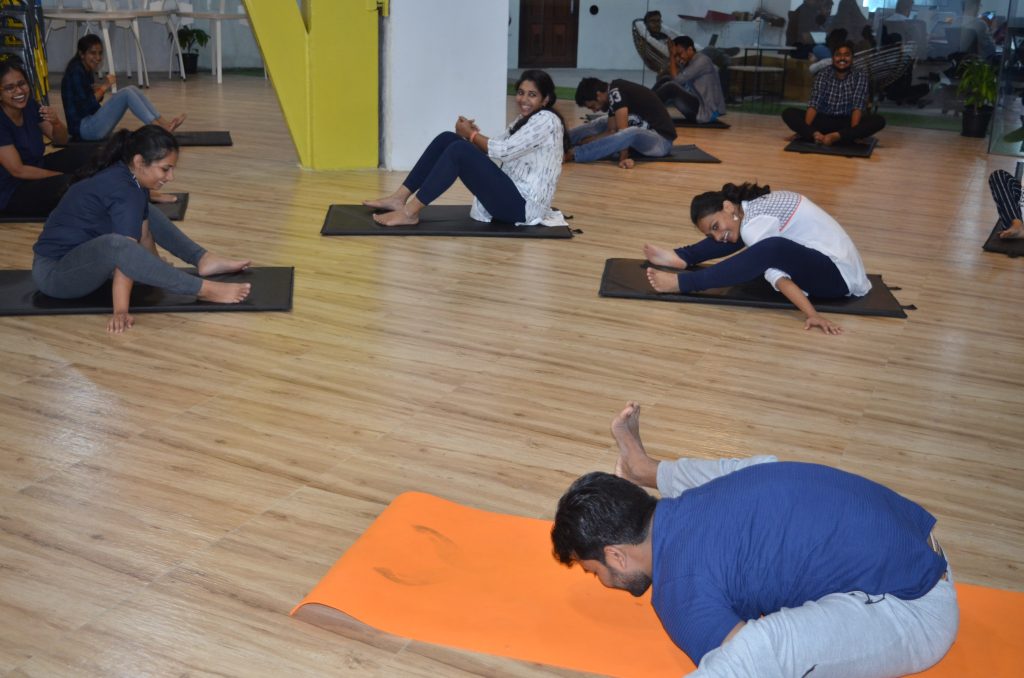
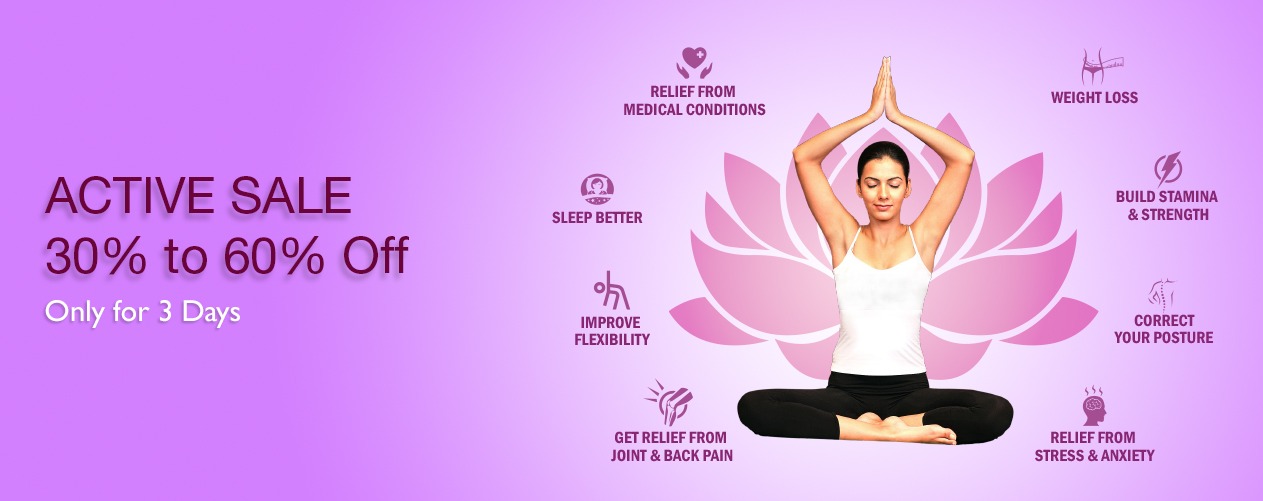
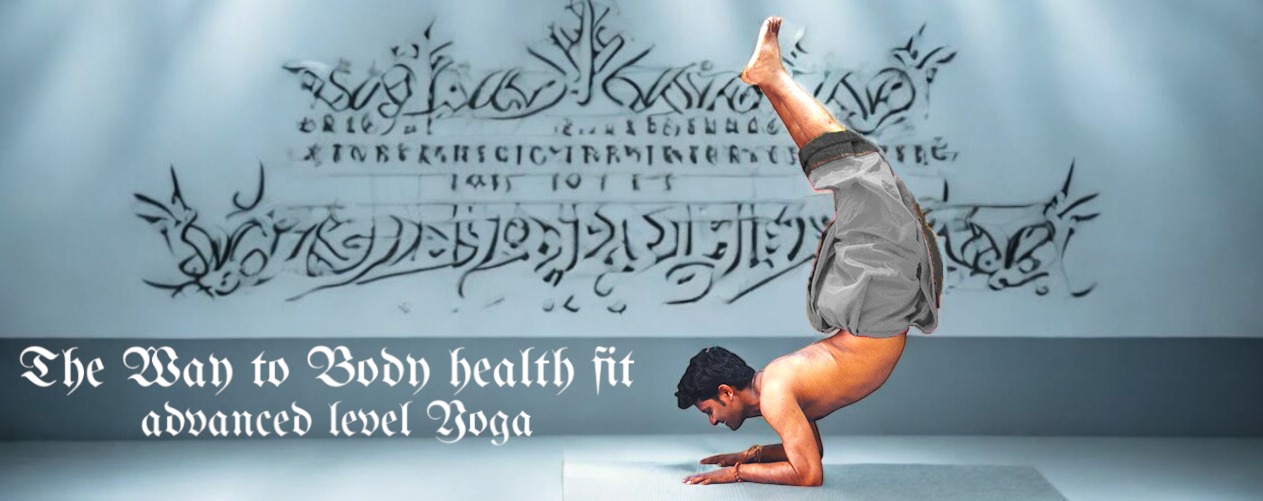
vangmay
yoga
Find Out What Is Possible
Cultivate a health body, quiet mind, open heart and vibrant spirt!!!
Why Do Vangmay Yoga?
Vangmay Yoga’s incorporation of meditation and breathing can help improve a person’s mental well-being. “Regular yoga practice creates mental clarity and calmness; …
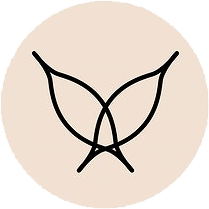
Suitable for everyone
Yoga can be a great practice for people of all ages and fitness levels, as it promotes flexibility, strength, balance, and relaxation. Here’s a list of yoga styles and poses suitable for everyone, including beginners and those with limited flexibility or mobility.

Lose Weight
While restorative yoga isn't an especially physical type of yoga, it still may help in weight loss. One study found that restorative yoga was effective in

Reduces stress
Talking with friends, exercising, and seeing a school counselor are just a few. Yoga can help reduce stress because it promotes relaxation, which is the natural
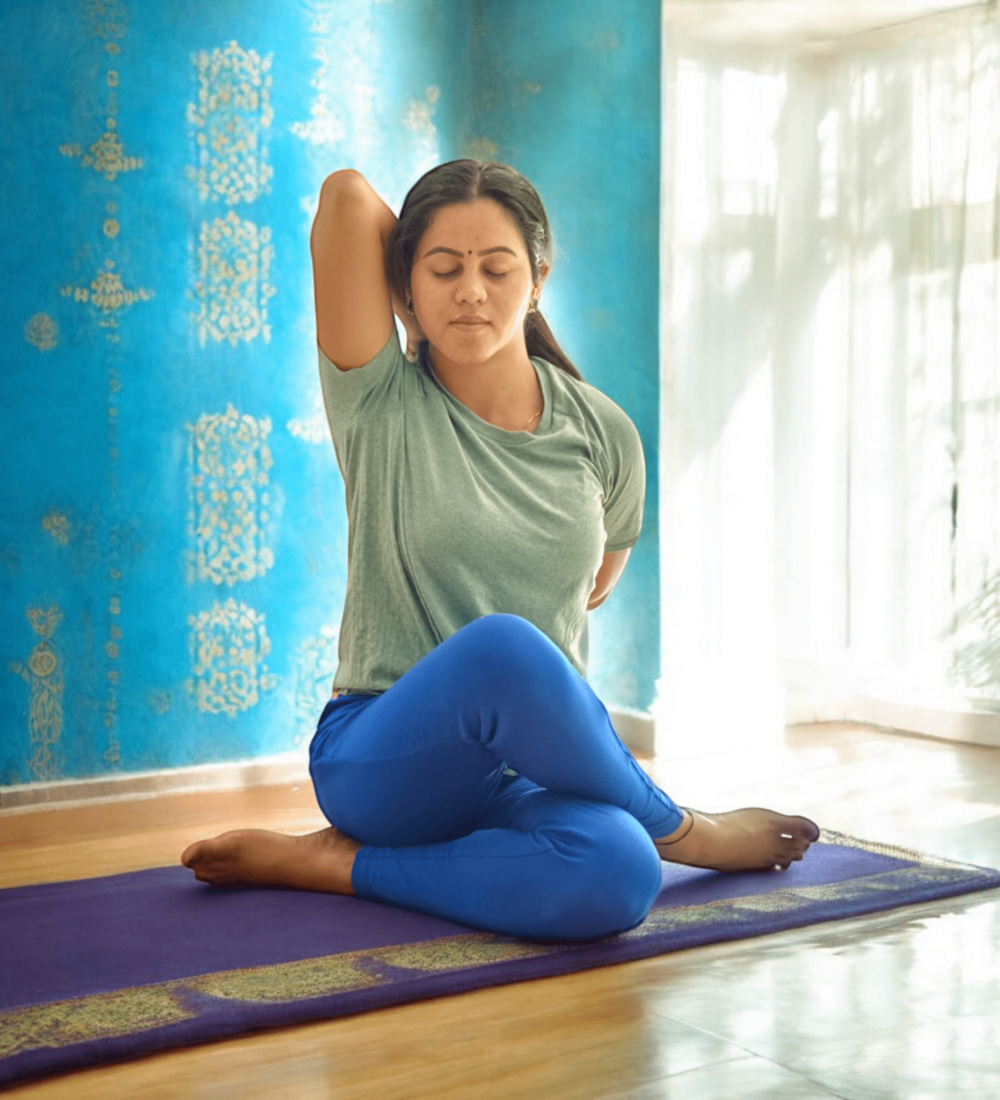

Raise your energy
Yoga increases your body's mobility, helping you feel more energized. Along with asanas, pranayama and meditation practices are also some of the

Train the mind
Training the Mind through Yoga contains guidance of great value to those reflecting deeply on the non-dual teachings and applying the methods to themselv

Balance hormones
Yoga For PCOS And Hormonal Imbalance. Bhujangasana Or Cobra Pose. Setubandhasan Or Bridge Pose. Shalabhasana Or Locust Pose. Masalasana Or Garland Pose. Prasarita Padottanasana Or Wide Stance Pose. Sasangasana Or Rabbit Pose. Ardha Chandrasana Or Half Moon Pose.
Our Classes
It sounds like you’re highlighting the inclusivity of yoga, which is one of the best aspects of the practice. Indeed, yoga is for everyone, regardless of age, fitness level, or experience. Whether you’re seeking something mild for relaxation or more intense for fitness, there is a yoga style that can meet your needs.Yoga’s versatility ensures that no matter your background, fitness level, or personal goals, there is always a form of yoga suited for you.
Latest Blogs
Testimonials
Event Upcoming
New Beatch Started on 1st May
The most awaited event of this year!!!
Our Story
However, “Vangmay” is a Sanskrit term that means “literature” or “expression through words.” If you’re looking for a connection between yoga and storytelling, or perhaps how yoga is represented in literature and teachings, there are fascinating elements of philosophy, spirituality, and stories within yogic traditions.
Many of the ancient scriptures, such as the Bhagavad Gita, Yoga Sutras of Patanjali, and the Upanishads, weave narratives, teachings, and wisdom about yoga, offering deep insights into human nature, the mind, and spiritual growth.
Here’s a glimpse into how stories are intertwined with yoga philosophy:

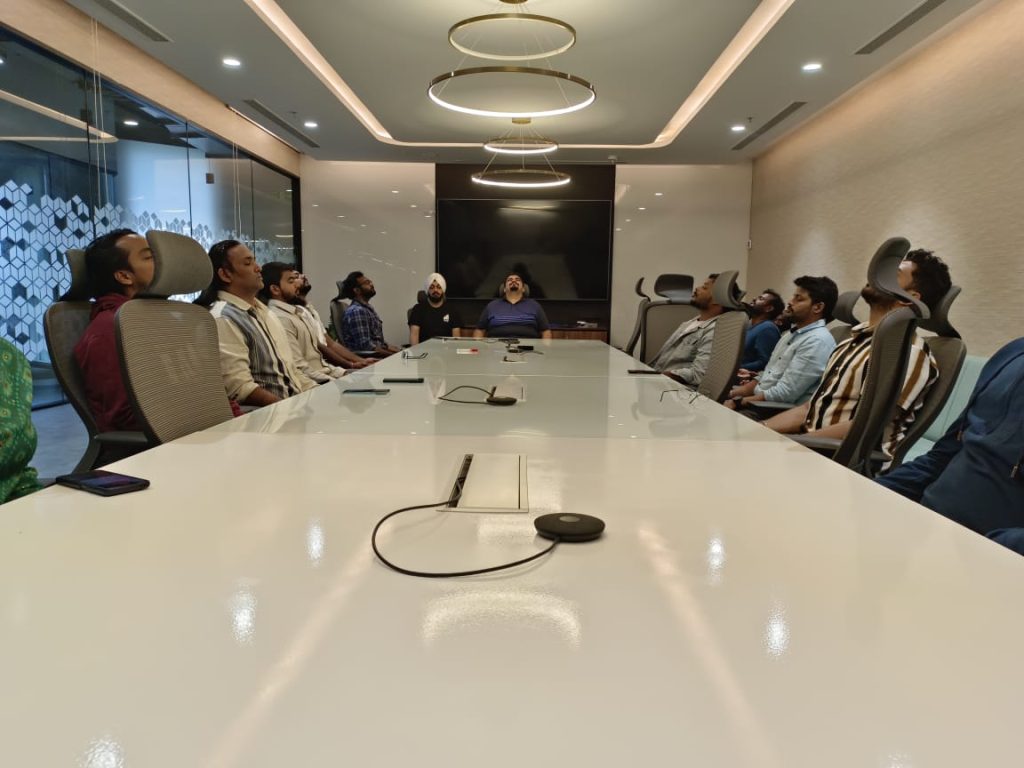


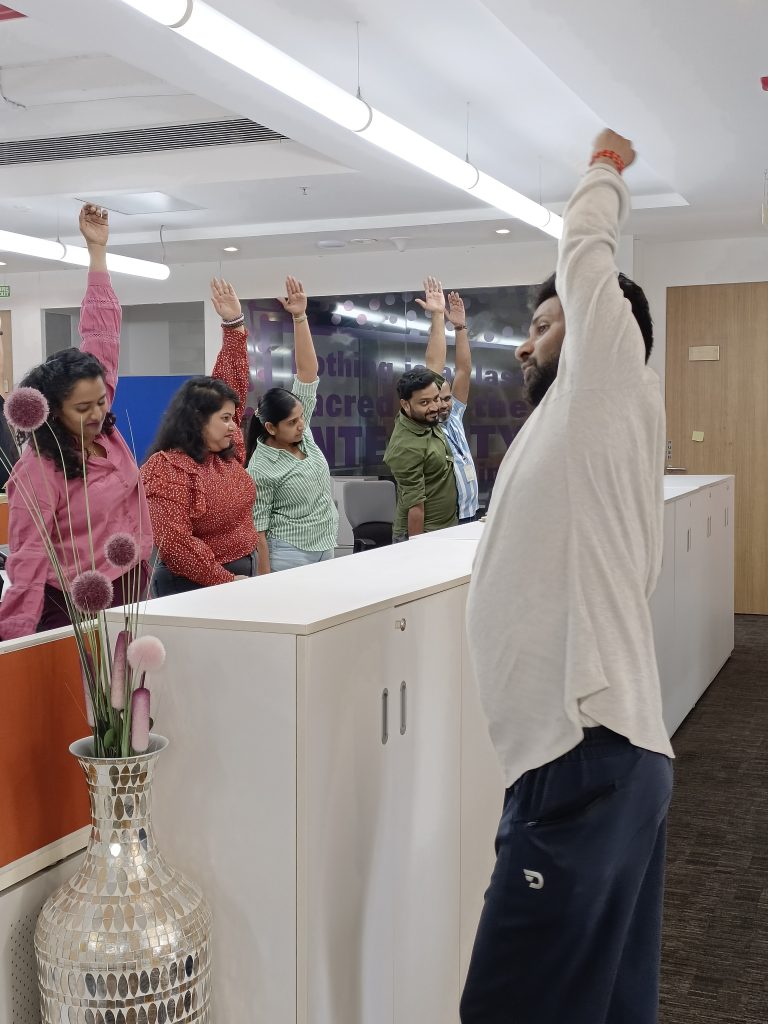
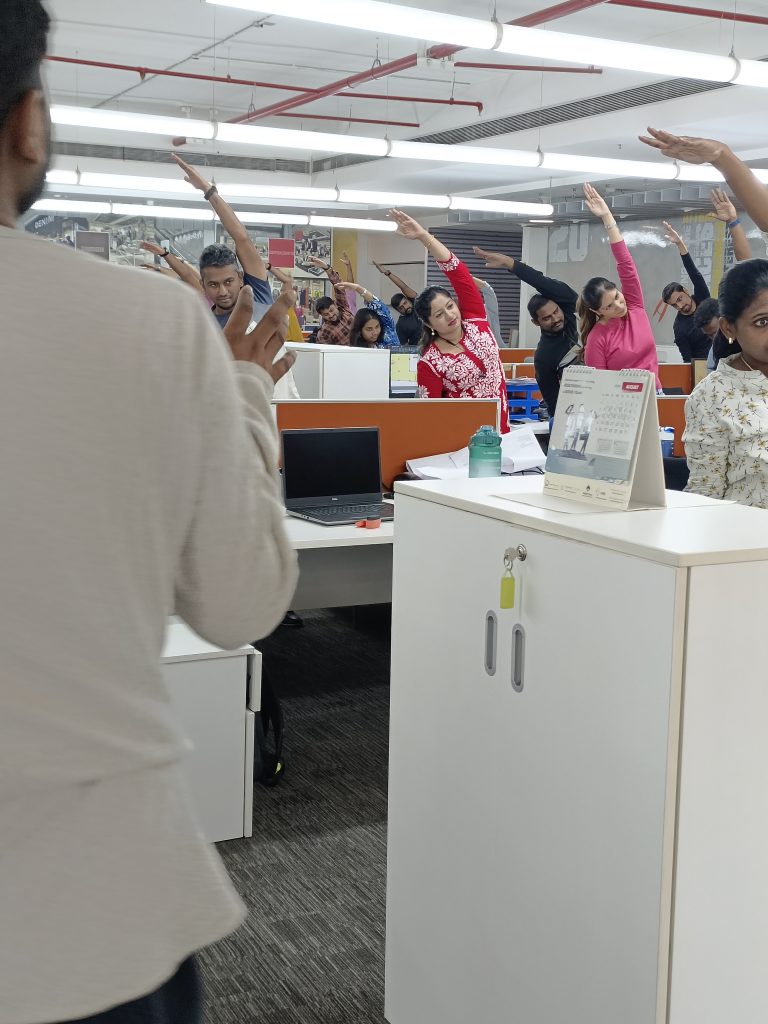


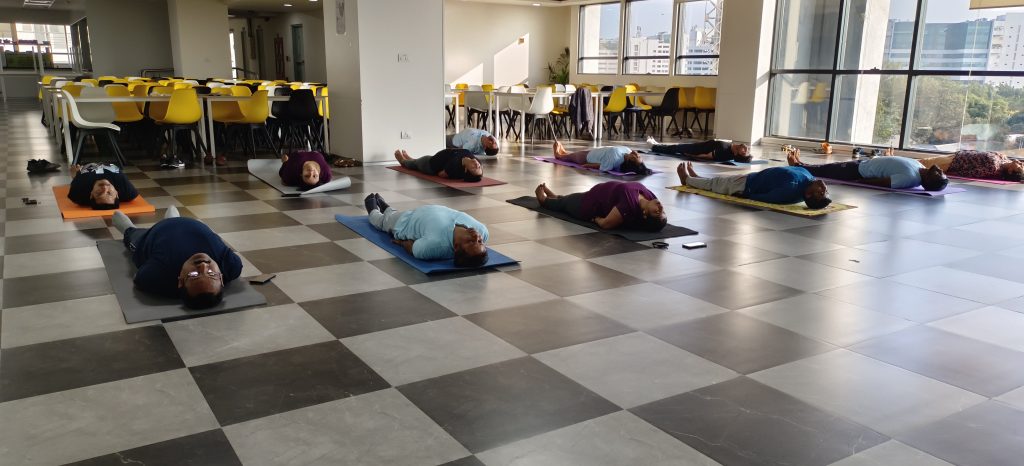

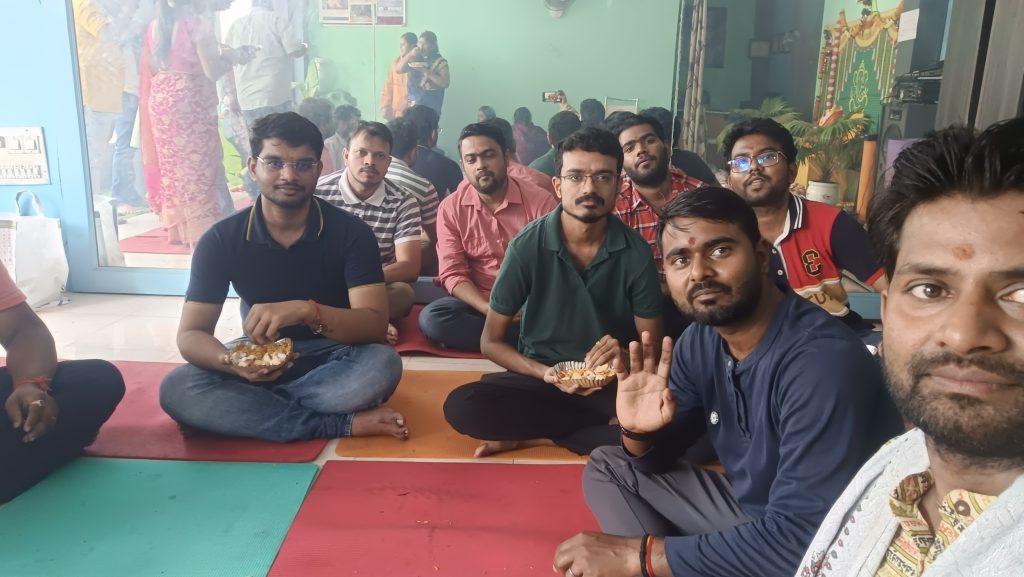

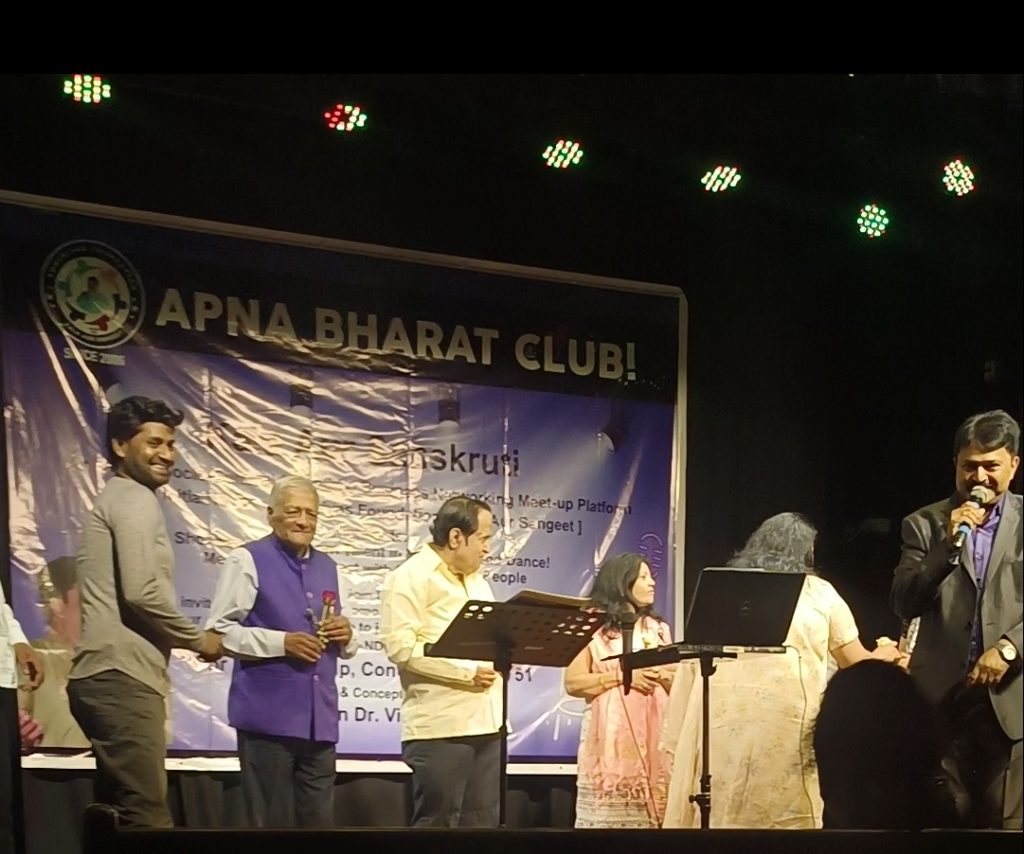

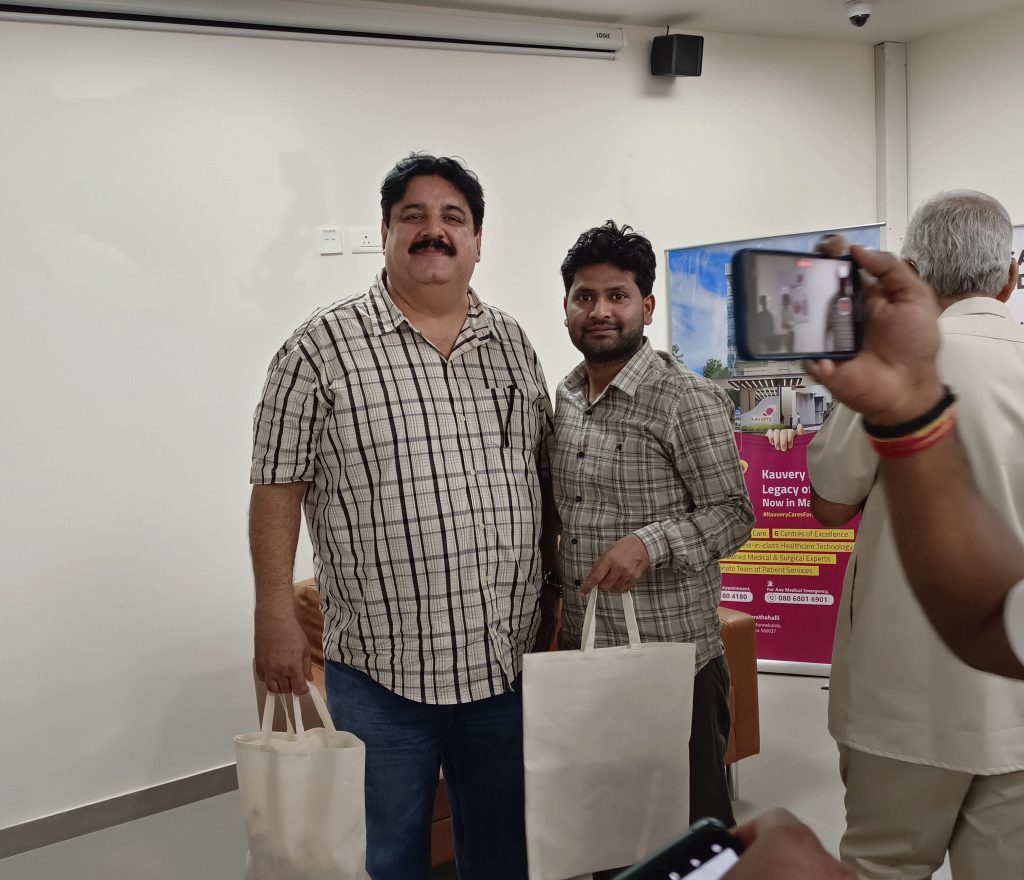


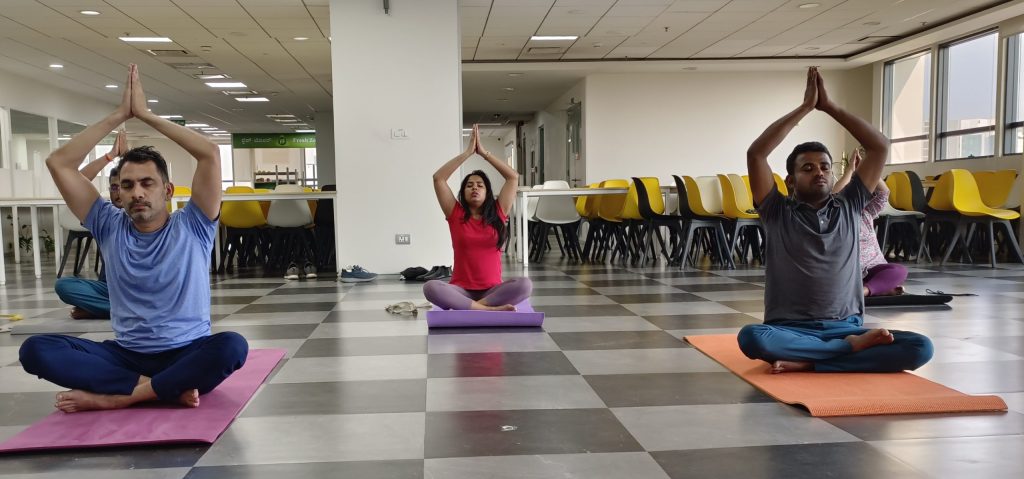




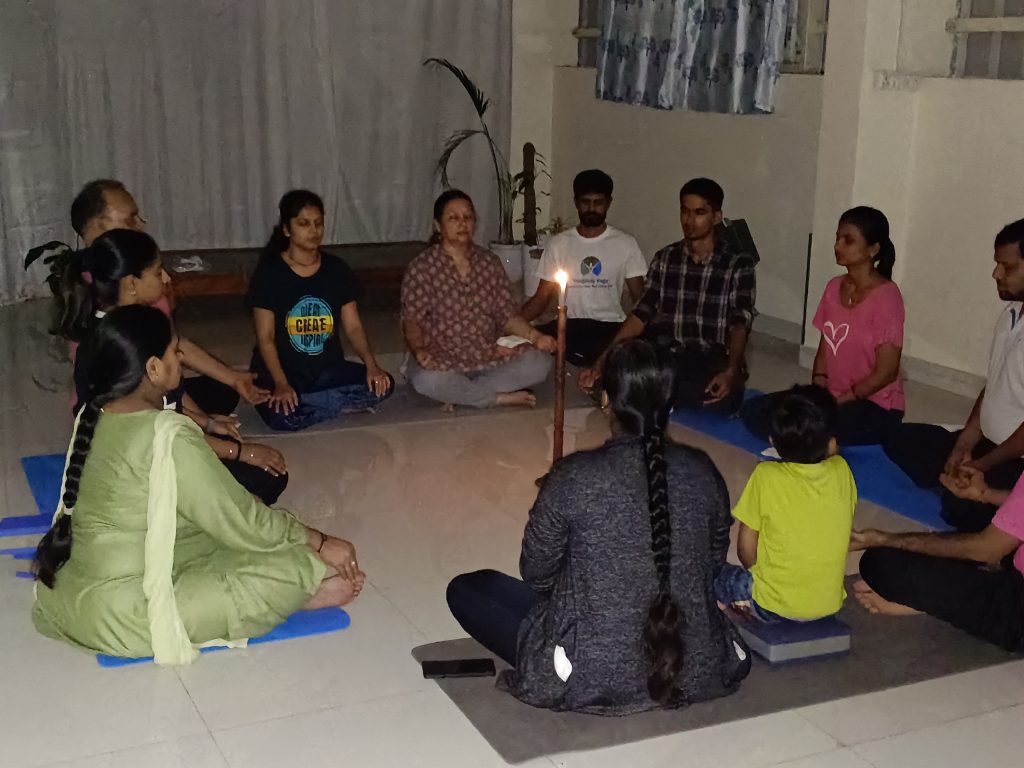
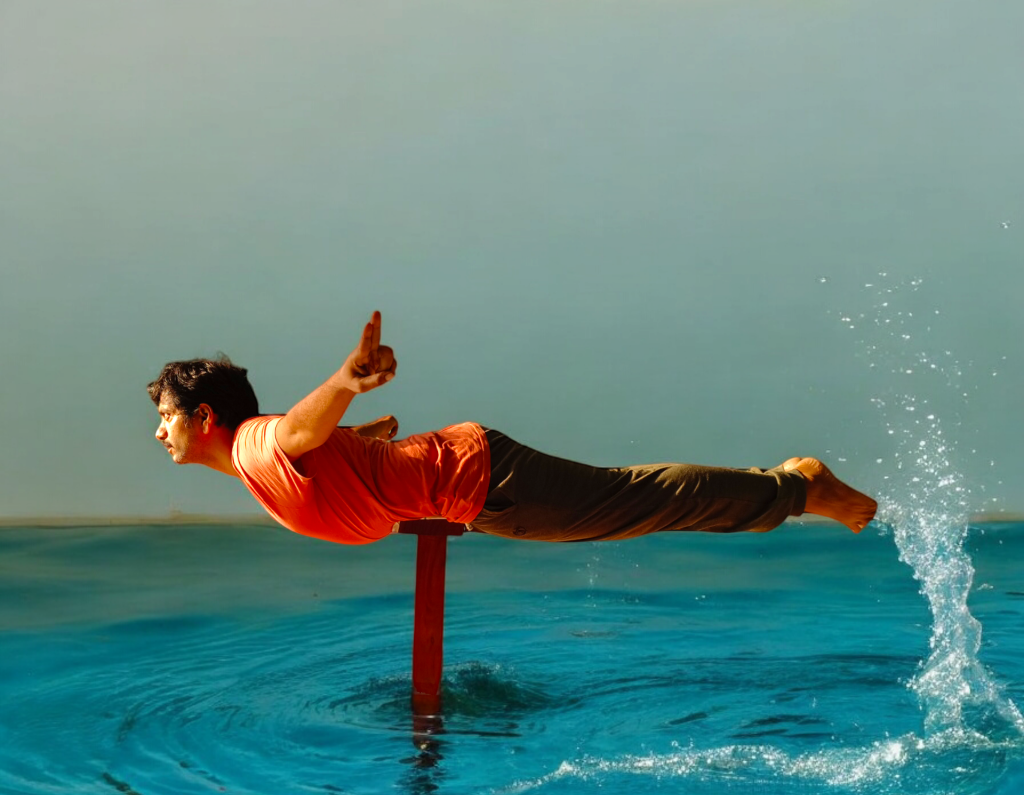


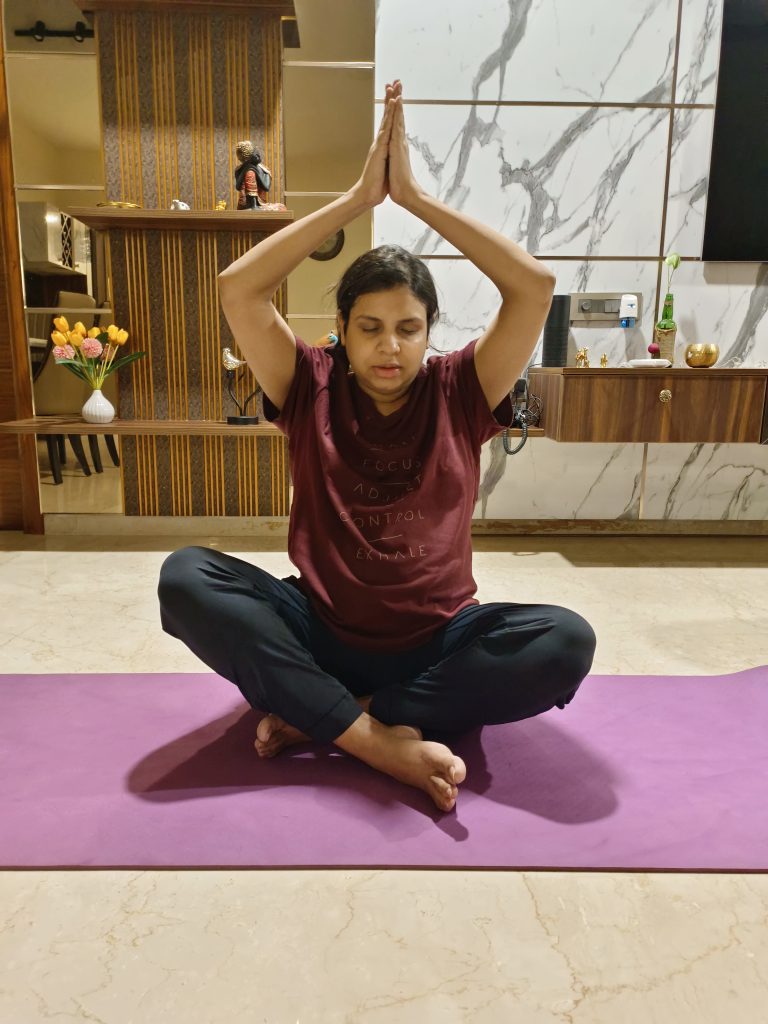
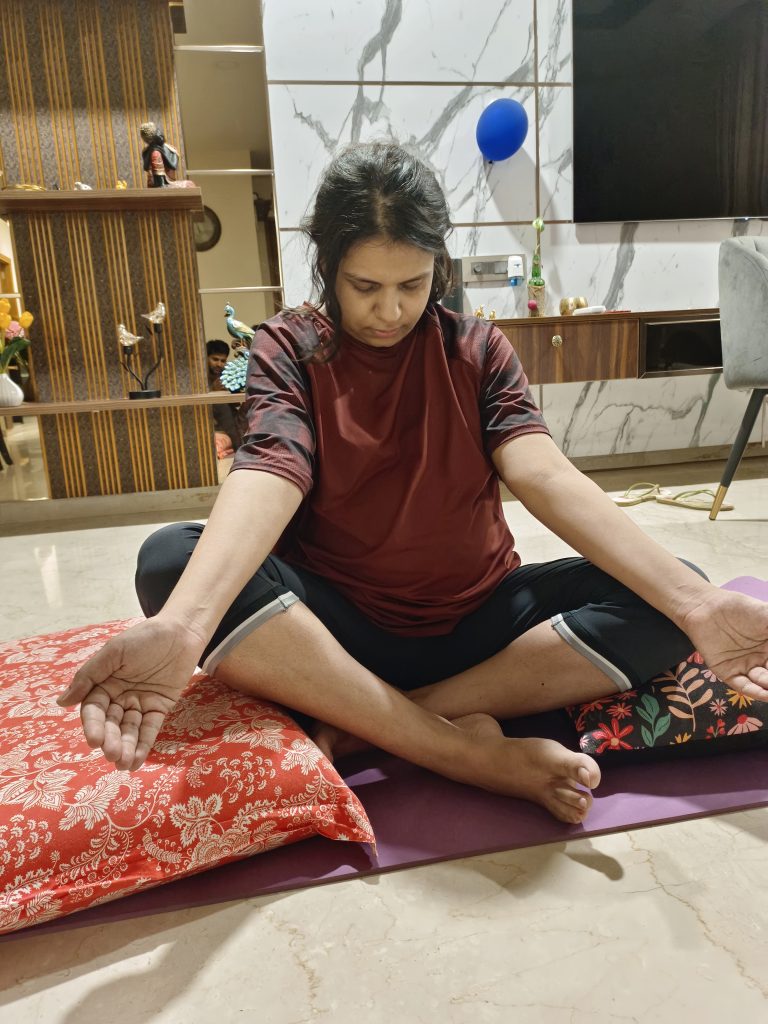
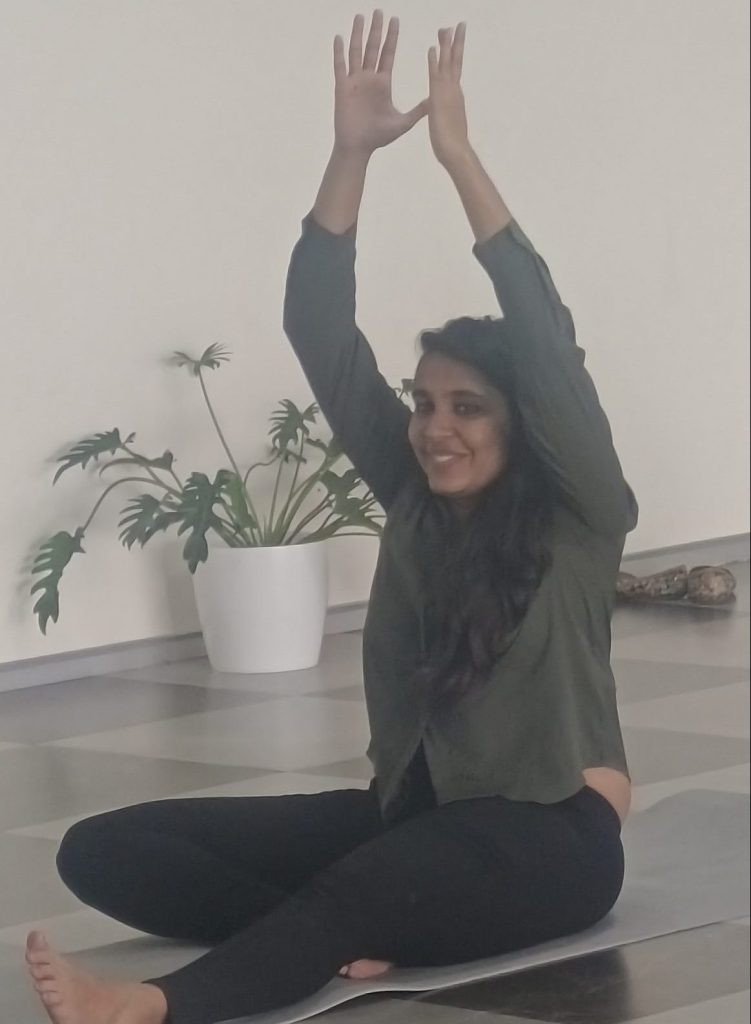
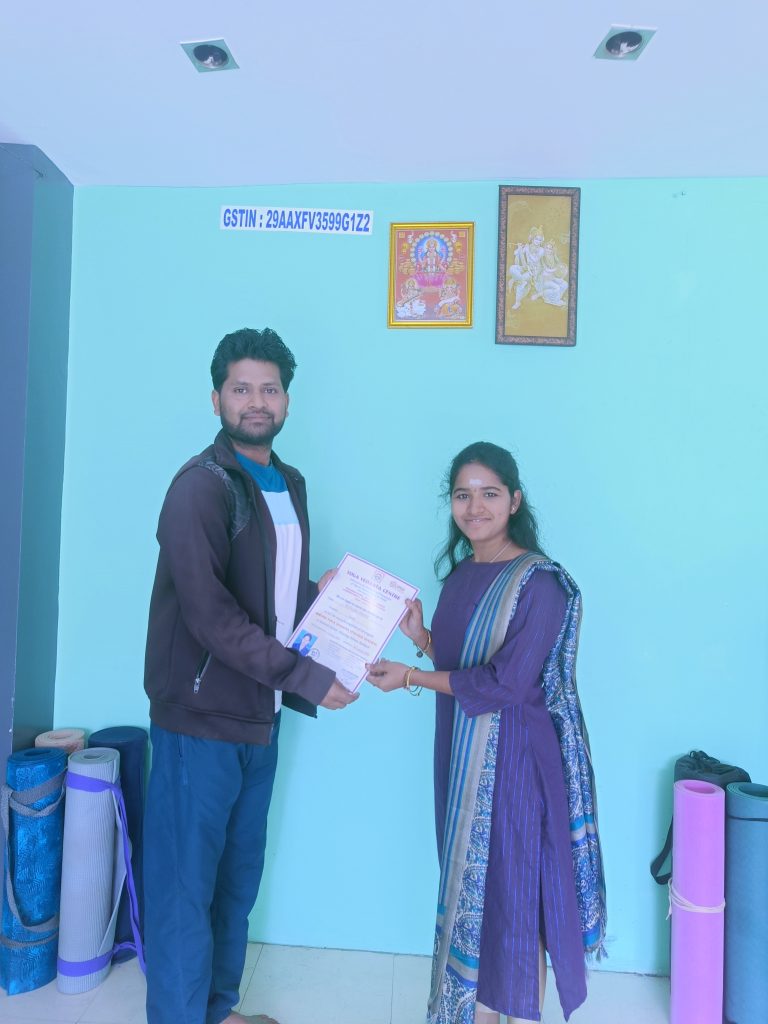

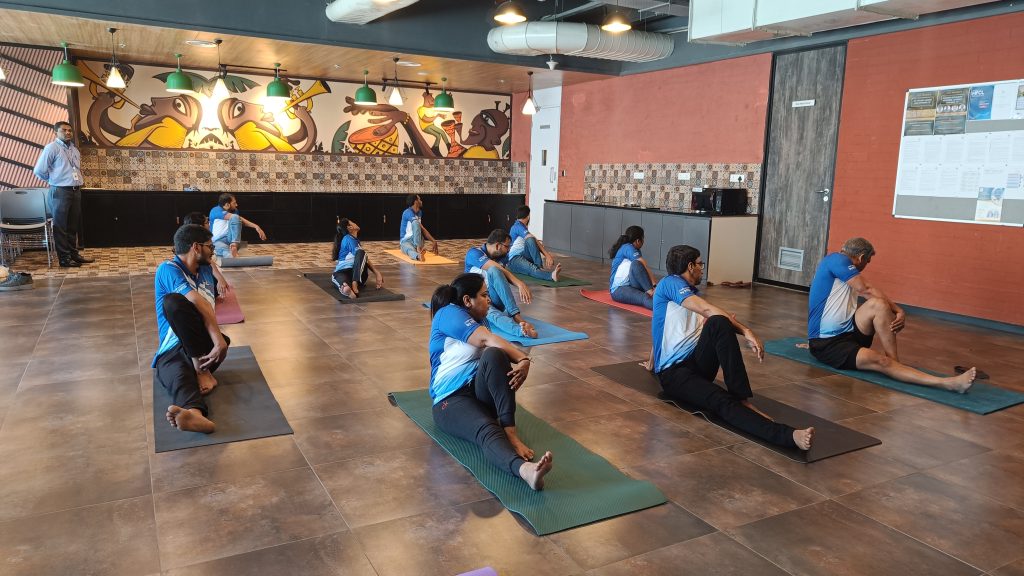
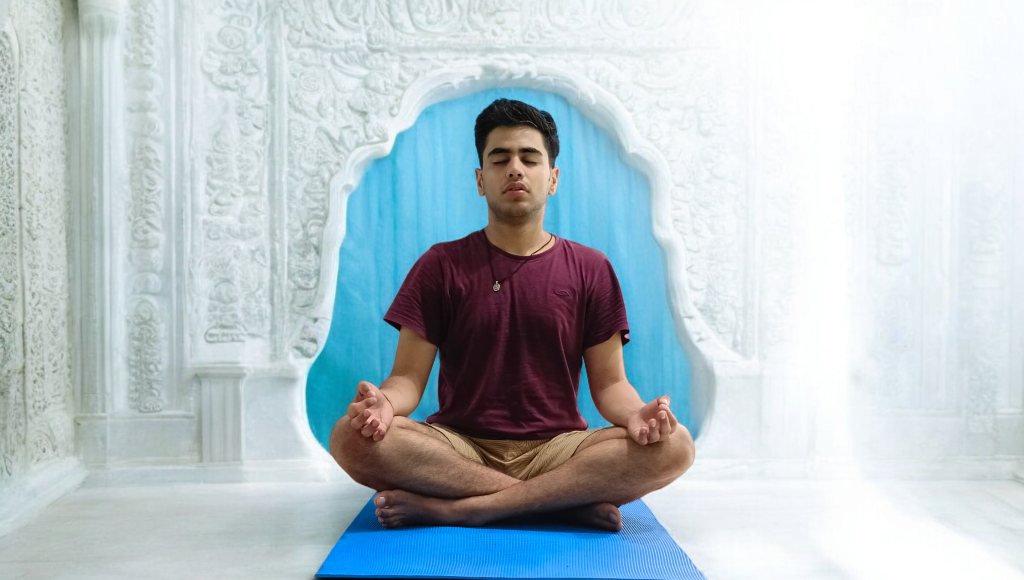

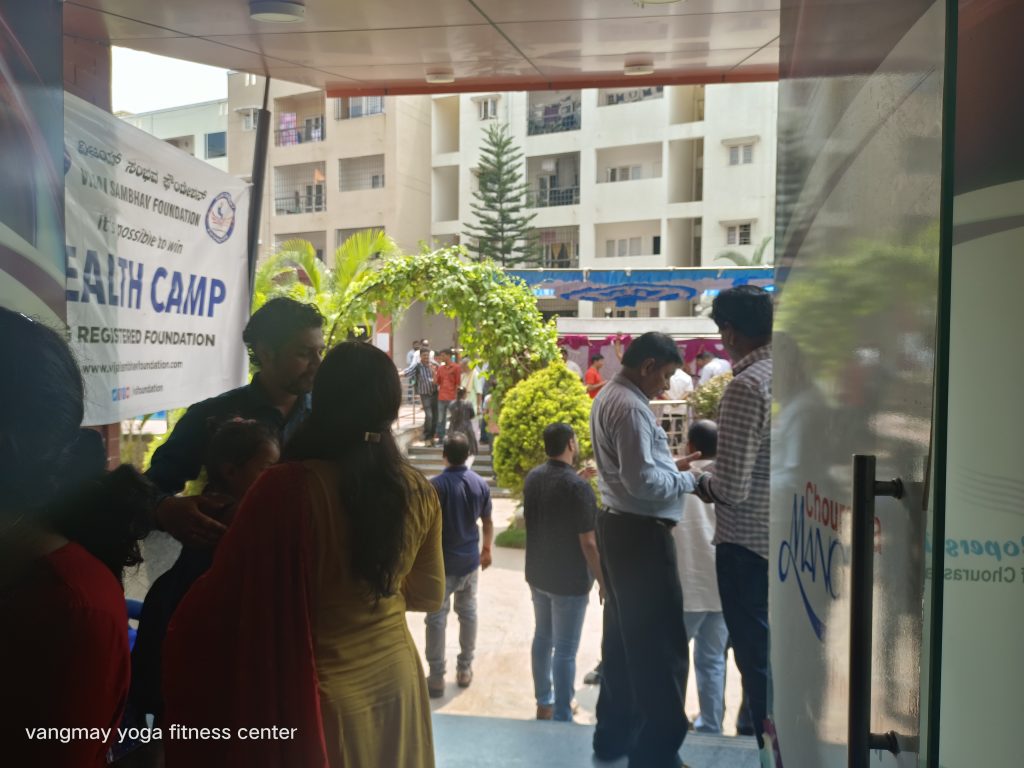

GALLERY
Memories

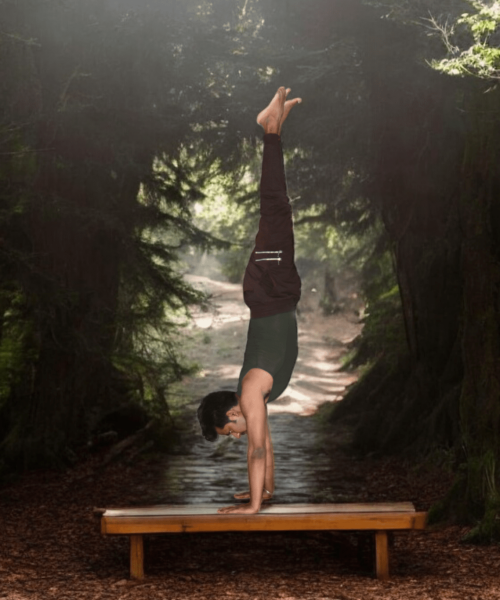
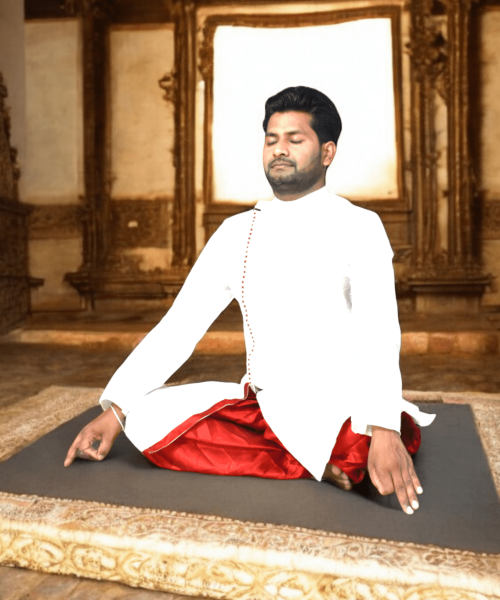


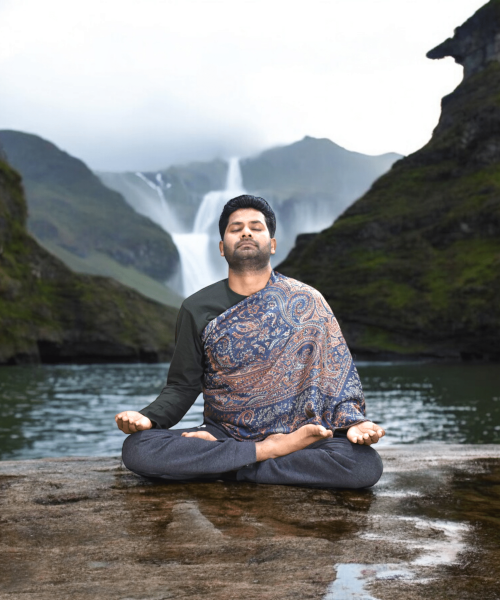

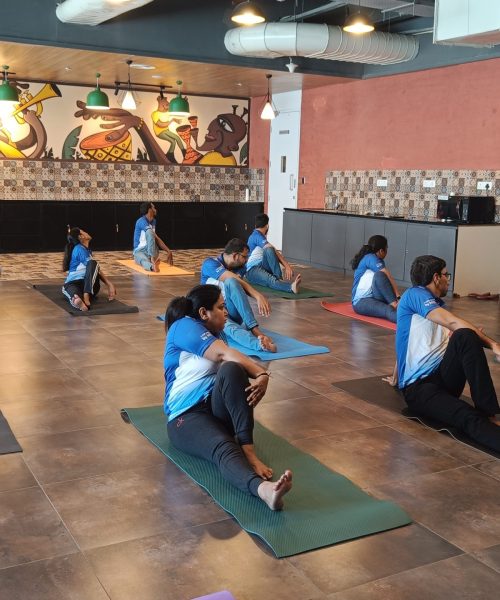
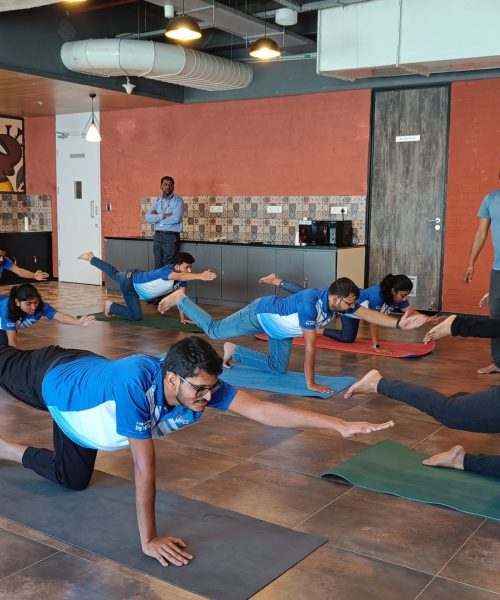

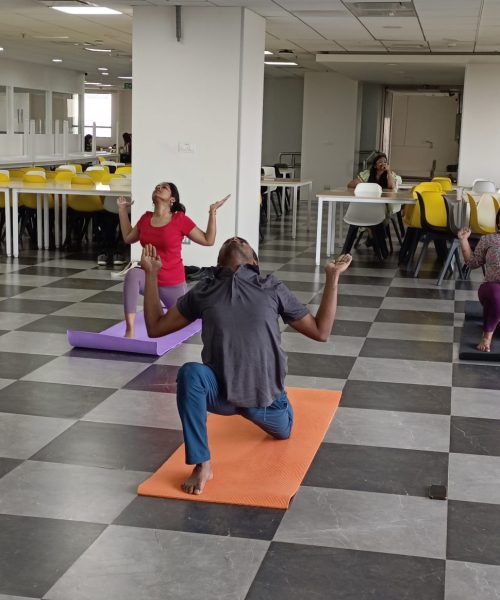
Contact us
Our Studios
- 2nd floor, intrance gate, Tulsi Theater Rd, opposite building, Marathahalli Village, Bengaluru, Karnataka 560037
- 7676495076
- 8892159095
- In**@**********ga.com
Frequently Asked Questions
🌿 Meaning of Aṣṭāṅga Yoga
The word Aṣṭāṅga comes from Sanskrit:
Aṣṭa = eight
Aṅga = limb or part
So, Aṣṭāṅga Yoga means the eight-limbed path of yoga, explained by Maharshi Patanjali in the Yoga Sūtras. It is a complete system for physical, mental, emotional, and spiritual growth.
It’s not just about postures, but a way of life that leads to self-realization and liberation (kaivalya/moksha).
🕉️ The Eight Limbs of Yoga
1. Yama – Moral Disciplines (social ethics)
Principles for living harmoniously with society:
Ahimsa (non-violence)
Satya (truthfulness)
Asteya (non-stealing)
Brahmacharya (self-control, moderation)
Aparigraha (non-possessiveness)
2. Niyama – Personal Disciplines (self-purification)
Principles for inner strength and purity:
Śauca (cleanliness, purity)
Santoṣa (contentment)
Tapas (discipline, austerity)
Svādhyāya (self-study, study of scriptures)
Īśvarapraṇidhāna (surrender to the Divine)
3. Āsana – Postures
Physical practices to make the body healthy, strong, and stable.
Prepares the body for long periods of meditation.
Not about gymnastics, but about steadiness, comfort, and awareness.
4. Prāṇāyāma – Breath Control
Regulation of prāṇa (life force) through breath.
Balances the nervous system, purifies energy channels (nāḍīs), increases vitality.
Examples: Anulom Vilom, Kapālabhāti, Bhrāmarī, Śītalī.
5. Pratyāhāra – Withdrawal of Senses
Turning the senses inward.
Learning not to be distracted by outer noise or desires.
Bridges the outer practices (āsana & prāṇāyāma) with inner practices (dhyāna & samādhi).
6. Dhāraṇā – Concentration
Focusing the mind on one point (object, mantra, breath, or chakra).
Trains the mind to stay steady and avoid distractions.
7. Dhyāna – Meditation
Continuous, effortless flow of awareness toward the chosen object.
Leads to calmness, clarity, and inner peace.
8. Samādhi – Absorption / Liberation
The highest state of yoga.
Merging of individual consciousness with universal consciousness.
Experience of bliss, oneness, and freedom from suffering.
🌸 Essence of Aṣṭāṅga Yoga
It is a holistic lifestyle system, not just physical exercise.
It balances body, breath, mind, emotions, and spirit.
Practicing step by step helps overcome stress, diseases, and limitations.
The ultimate goal is Kaivalya (liberation) – being free from suffering and living in pure awareness.
✨ Think of it like a ladder:
Yama & Niyama are the foundation.
Āsana & Prāṇāyāma prepare body & energy.
Pratyāhāra, Dhāraṇā, Dhyāna work on the mind.
Samādhi is the flowering – union with the Self.
👉 Sumit, would you like me to also compare Aṣṭāṅga Yoga (Patanjali’s eight limbs) with Aṣṭāṅga Vinyasa Yoga (K. Pattabhi Jois’ system of dynamic postures)? Many students often confuse them.
🌿 Benefits of Yoga for Pregnant Women
Relieves back pain, leg cramps, and swelling
Improves flexibility and strength (needed for delivery)
Enhances breathing capacity → helpful during labor
Reduces stress, anxiety, and mood swings
Improves blood circulation and digestion
Helps mother–baby connection
🧘♀️ Safe Yoga Practices During Pregnancy
✅ Recommended (Gentle & Supportive)
Breathing (Pranayama):
Anulom Vilom (without holding breath)
Bhramari (humming bee sound)
Deep diaphragmatic breathing
Ujjayi (gentle, calming breath)
Asanas (Postures):
Cat-Cow stretch (Marjariāsana) – relieves back pain
Butterfly pose (Baddha Konasana) – opens hips
Child’s pose (Balasana) – relaxation (wide knees for comfort)
Supported Warrior II or Triangle (with wall/chair support)
Gentle side stretches & pelvic tilts
Shavasana on the left side (not flat on the back in later months)
Meditation & Relaxation:
Guided meditation, mantra chanting (like Om, soothing sounds)
Yoga Nidra for relaxation
❌ To Avoid
Strong twists, deep backbends, and lying on the stomach
Inversions (headstand, shoulder stand)
Fast, forceful pranayama (like Kapalabhati, Bhastrika)
Holding breath (kumbhaka)
Very intense or heated practices (e.g., Hot Yoga, Power Yoga)
Strong abdominal contractions (like Naukasana, Chakrasana)
🕉️ Guidelines for Practice
Always practice under guidance of a yoga teacher or after consulting a doctor.
Focus on comfort, stability, and relaxation rather than intensity.
Use props (pillows, bolsters, chairs) for support.
Stop immediately if there is dizziness, pain, or discomfort.
Practice in a calm, well-ventilated space.
🌸 Essence
Prenatal Yoga is about gentleness, breath, and awareness, not pushing limits.
It supports the mother’s body, nurtures the mind, and creates a positive environment for the baby.
🌿 Meaning of Haṭha Yoga
Ha = Sun (prāṇa, vital force, masculine energy)
Ṭha = Moon (apāna, cooling force, feminine energy)
Yoga = Union
So, Haṭha Yoga is the science of balancing sun and moon energies within us. It is both a practice and a philosophy that prepares the body and mind for higher states of meditation.
📜 Origins
Explained in classical texts like Haṭha Yoga Pradīpikā (Swami Swatmarama, 15th century), Gheranda Samhita, and Shiva Samhita.
It was designed as a practical system to purify the body, awaken dormant energies, and prepare for Rāja Yoga (meditation & samādhi).
🕉️ Key Components of Haṭha Yoga
1. Āsana (Postures)
Physical practices that give strength, flexibility, balance, and endurance.
Aim is sthira sukham āsanam – steady, comfortable posture.
Example: Padmāsana, Vajrāsana, Tādāsana, Bhujangāsana.
2. Prāṇāyāma (Breath Control)
Control of prāṇa through breath.
Helps balance nervous system, purify energy channels (nāḍīs), and prepare for meditation.
Example: Kapālabhāti, Anulom Vilom, Bhastrikā, Śītalī.
3. Śatkarmas (Cleansing Techniques)
Six purification methods to detoxify the body and mind:
Neti – nasal cleansing
Dhauti – cleansing of stomach/intestines
Nauli – abdominal massage
Basti – yogic enema
Kapalabhati – cleansing breath
Trāṭaka – concentration through steady gazing
4. Mudrās & Bandhas (Gestures & Locks)
Mudrās: Hand/whole-body gestures that direct prāṇa (e.g., Mahāmudrā, Viparīta Karaṇī).
Bandhas: Energy locks that control and redirect prāṇa (Jālandhara, Uḍḍīyāna, Mūla).
5. Pratyāhāra (Withdrawal of Senses)
Turning inward, detaching from sensory distractions.
6. Dhyāna (Meditation)
Concentration leading to higher awareness and inner peace.
🌸 Goal of Haṭha Yoga
Purification of body and mind.
Balancing ida (moon) and pingala (sun) nāḍīs to awaken suṣumṇā.
Awakening of Kuṇḍalinī energy for spiritual realization.
Foundation for Rāja Yoga (meditative union with the Self).
🧘 Haṭha Yoga vs Aṣṭāṅga Yoga
Aṣṭāṅga Yoga (Patanjali) = Eight-limbed path → ethical, mental, and spiritual discipline.
Haṭha Yoga = Practical methods → purifies body, controls prāṇa, awakens energy, so the mind can easily enter Rāja Yoga.
👉 In simple words:
Haṭha Yoga prepares the soil (body, prāṇa, senses).
Aṣṭāṅga Yoga plants the seed of meditation.
Both together lead to the fruit: Self-realization.
🌿 What is Kundalini Yoga?
Kundalini means “coiled energy.”
Ancient yogic texts describe it as a dormant spiritual energy resting at the base of the spine (Mūlādhāra Chakra).
Kundalini Yoga is the science of awakening this energy so it rises through the Sushumnā Nāḍī (central energy channel) and activates the seven chakras.
When awakened fully, it leads to higher consciousness, inner transformation, and self-realization.
🌀 Concept of Kundalini
Visualized as a coiled serpent (three and a half times) at the root chakra.
Awakening it is like uncoiling and making it rise upward, passing through each chakra until it merges with Sahasrāra (crown chakra).
This union is the meeting of Śakti (divine energy) and Śiva (pure consciousness).
🧘 Practices of Kundalini Yoga
Kundalini awakening is powerful and must be done under guidance. The main methods are:
1. Āsana (Postures)
Specific postures that stimulate chakras and energy channels.
Example: Vajrāsana, Siddhāsana, Padmāsana for stability.
2. Prāṇāyāma (Breath Control)
Special techniques to channel energy upward.
E.g., Kapālabhāti, Bhastrikā, Sūrya Bhedana, Ujjāyī.
3. Bandha (Energy Locks)
Mūla Bandha – contraction of perineum, stimulates Mūlādhāra Chakra.
Uḍḍīyāna Bandha – abdominal lock, directs prāṇa upward.
Jālandhara Bandha – throat lock, prevents energy from escaping downward.
When practiced together: Mahā Bandha.
4. Mudrā (Gestures)
Help direct prāṇa within subtle channels.
E.g., Mahāmudrā, Mahāvedha Mudrā, Kecharī Mudrā.
5. Mantra & Nāda Yoga
Chanting mantras (like “Om,” “Sat Nām”) to activate higher vibrations.
Sound works directly on chakras.
6. Meditation (Dhyāna)
Focus on chakras, breath, or mantra to awaken inner energy.
7. Śatkriyās (Purification Techniques)
Neti, Dhauti, Nauli, Basti – to cleanse body and prepare it for strong prāṇic flow.
🌸 Benefits of Kundalini Yoga
Expands energy, creativity, intuition, and awareness.
Improves concentration and emotional balance.
Removes deep-seated fears and blocks.
Strengthens nervous and endocrine systems.
Leads to bliss, peace, and union with the Divine.
⚠️ Caution
Kundalini awakening is very powerful.
If done without preparation, it can cause physical, mental, or emotional imbalance (called Kundalini syndrome).
Hence, guidance from a qualified Guru or teacher is essential.
One must first stabilize body & mind through Āsana, Prāṇāyāma, Yama, Niyama before attempting deep Kundalini practices.
🌺 Essence
Kundalini Yoga is the royal path of energy awakening.
It unites Śakti (energy) with Śiva (consciousness).
The final goal is Samādhi – liberation, bliss, and oneness.
🌿 What is Gentle Yoga?
Gentle Yoga is a slow, soft, and mindful form of yoga that focuses on relaxation, stretching, and breath awareness rather than intense physical effort.
It is suitable for beginners, seniors, people with limited mobility, stress, or recovering from illness/injury.
Unlike power or vinyasa yoga, Gentle Yoga emphasizes ease, comfort, and healing.
✨ Key Features of Gentle Yoga
Slow-paced movements – No rush, giving time to enter and exit poses mindfully.
Simple postures – Easy asanas that stretch, strengthen lightly, and open the body.
Props support – Use of bolsters, cushions, straps, and chairs for comfort.
Breath awareness – Focus on slow, deep breathing to calm the nervous system.
Mind-body connection – Encourages relaxation, mindfulness, and stress relief.
Therapeutic – Supports healing from stiffness, fatigue, anxiety, or chronic pain.
🌸 Benefits of Gentle Yoga
Reduces stress, anxiety, and tension.
Improves flexibility and mobility safely.
Enhances balance and posture.
Promotes better sleep and relaxation.
Supports healing and chronic conditions (like arthritis, back pain, or diabetes).
Boosts mental clarity and emotional well-being.
🧘 Common Gentle Yoga Practices
Sukhasana (Easy Pose) – for meditation & breath awareness.
Balasana (Child’s Pose) – relaxation & spine release.
Marjariasana-Bitilasana (Cat-Cow Stretch) – gentle spine flexibility.
Viparita Karani (Legs-Up-the-Wall) – deep relaxation, improves circulation.
Supta Baddha Konasana (Reclined Bound Angle Pose) – opens hips, calms mind.
Shavasana (Final Relaxation) – complete rest, guided meditation.
Breathing (Pranayama) often included:
Anulom Vilom (Alternate Nostril)
Deep belly breathing
Bhramari (Humming bee) for calming
🌞 Who Should Practice Gentle Yoga?
Beginners in yoga.
Elderly or senior citizens.
People with joint stiffness, arthritis, back pain.
Pregnant women (with modifications).
Anyone seeking relaxation, healing, or stress relief.
✨ In short, Gentle Yoga is healing yoga – nurturing body, mind, and spirit with kindness and patience.
Yoga &
MEDITATION
We love yoga and share the passion with thousands of people all over the world. Join us to find the true purpose of life.
Socialize With Us

Transform Your Body, Mind and Life Today
Map
That's fantastic! It's great to hear about our teachers' dedication to corporate wellness Program.
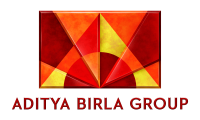














I can provide general information about international standard organizations and the importance of credentials with them.




